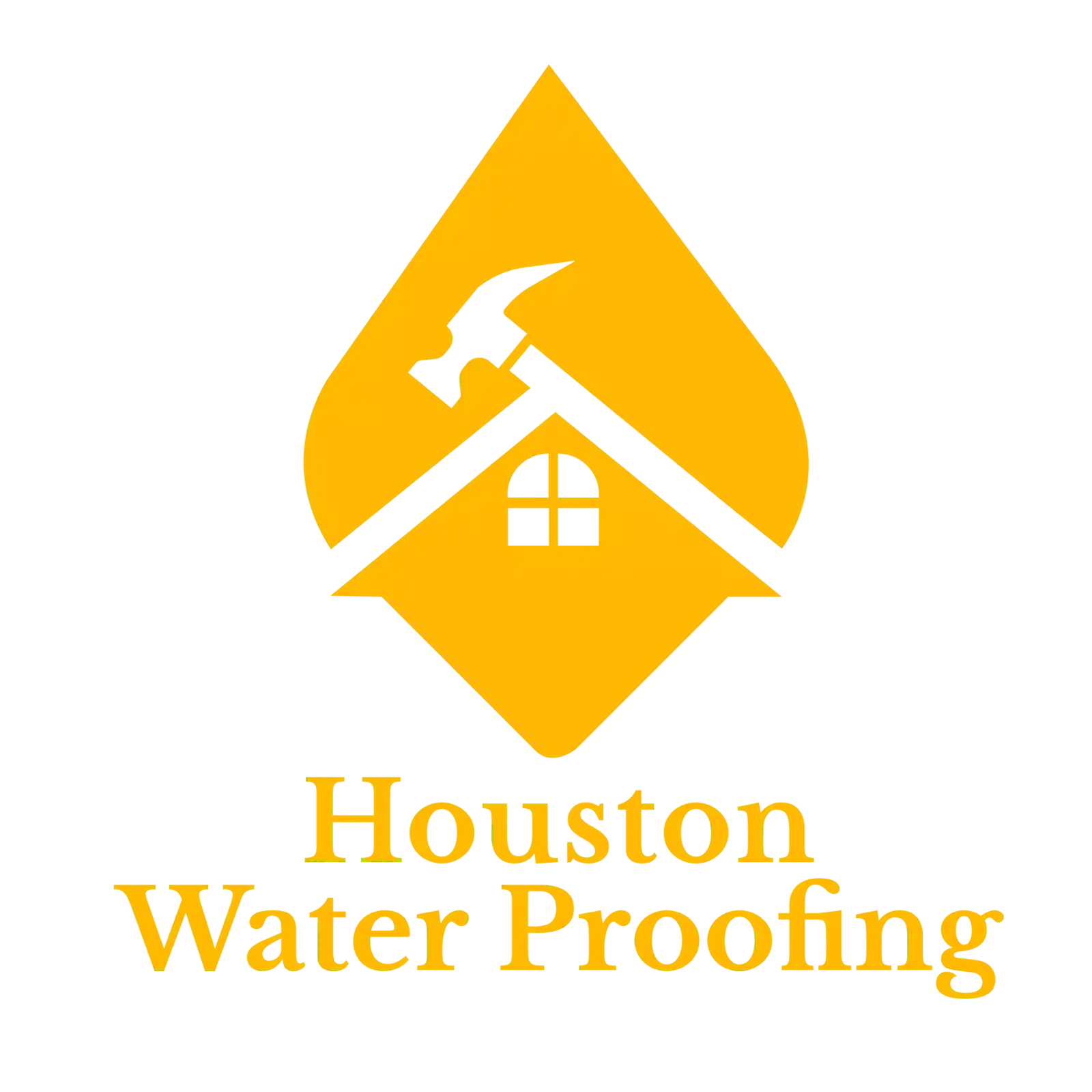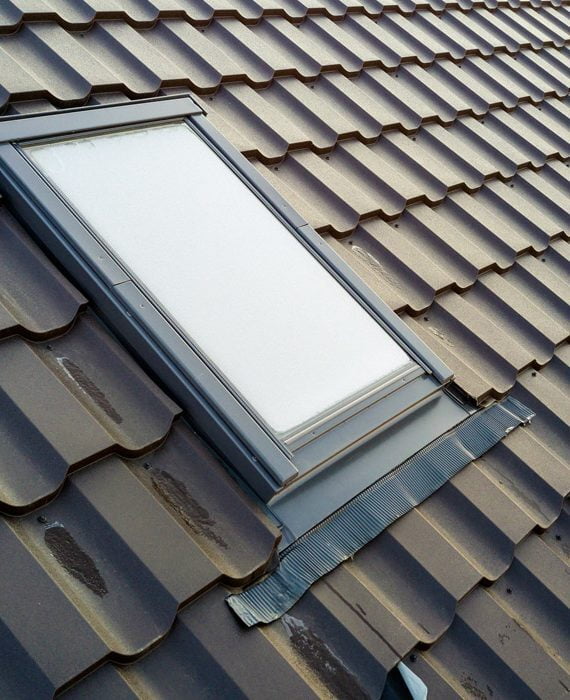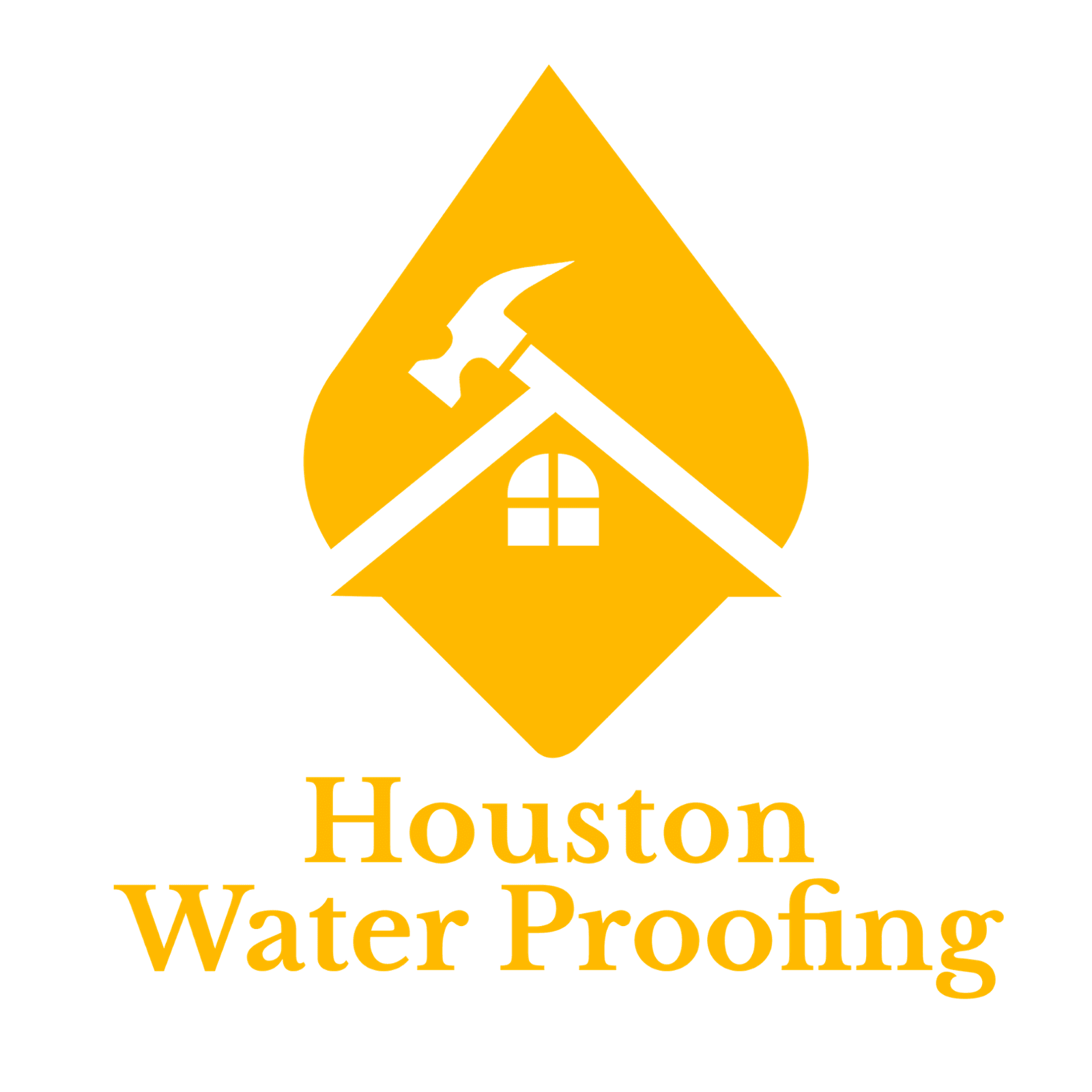Waterproofing is a crucial step in any construction project, as it protects buildings and structures from water damage and leakage. Among the various waterproofing methods available, liquid membrane waterproofing has gained significant popularity due to its ease of application, versatility, and effectiveness. We will explore the ins and outs of liquid membrane waterproofing, its advantages, application process, and key considerations. So, let's dive in!
What is Liquid Membrane Waterproofing?
What is Liquid Membrane Waterproofing?
What is Liquid Membrane Waterproofing?
Liquid membrane waterproofing is a technique that involves applying a liquid coating to a surface to create a seamless, flexible, and durable barrier against water penetration. The liquid membrane is typically made of polymer-based materials, such as acrylics, polyurethanes, or bitumen modified with polymers. It is applied directly onto the substrate, forming a continuous, monolithic layer that effectively seals and protects the surface from water ingress.
Advantages of Liquid Membrane Waterproofing:
1. Seamless Protection: Liquid membranes provide a seamless and joint-free protective layer, eliminating the risk of water seepage through cracks or gaps.
2. Flexibility: The elastic properties of liquid membranes allow them to accommodate structural movements and prevent the formation of cracks, ensuring long-term durability.
3. Easy Application: Liquid membrane waterproofing is relatively simple and quick to apply, making it suitable for both small-scale and large-scale projects.
4. Versatility: Liquid membranes can be applied to various surfaces, including concrete, metal, wood, and even complex geometries. They can be used for roofs, basements, bathrooms, balconies, and other areas prone to water exposure.
5. UV Resistance: Many liquid membranes are formulated to resist ultraviolet (UV) rays, providing additional protection against sun damage and extending the lifespan of the waterproofing system.
Key Considerations
Key Considerations
Key Considerations
1. Compatibility: Ensure the liquid membrane is compatible with the substrate and any previously applied coatings or waterproofing systems.
2. Environmental Factors: Consider the climate, temperature, and weather conditions during application, as they can affect drying/curing times and overall performance.
3. Professional Installation: While liquid membrane waterproofing can be a DIY project, it is recommended to hire experienced professionals for larger or more complex applications to ensure proper installation and long-term performance.
4. Maintenance: Regular inspection and maintenance are essential to detect and address any potential damage or wear to the liquid membrane over time.
Liquid membrane waterproofing offers a reliable and effective solution for protecting structures from water damage. Its seamless application, flexibility, and versatility make it an excellent choice for various construction projects. By following the recommended application process and considering key factors, you can ensure a successful waterproofing system that provides long-lasting protection. Consult with waterproofing experts and adhere to manufacturer guidelines for optimal results.
Resolving Leaking Basements for Your Home Safety
Resolving Leaking Basements for Your Home Safety
A leaking basement can be a homeowner's worst nightmare, as it poses risks such as water damage, mold growth, and compromised structural integrity. However, with the right knowledge and techniques, basement leaks can be effectively repaired, ensuring a dry and secure living space. We will delve into the various causes of leaking basement repair, methods of detection, and the steps involved in basement repair. Let's explore how you can address this common issue and regain control over your basement environment.
Causes of Basement Leaks
Causes of Basement Leaks
1. Poor Foundation Waterproofing: Insufficient or deteriorated waterproofing materials applied during the initial construction can allow water to seep into the basement.
2. Cracks in the Foundation: Over time, foundation walls can develop cracks due to soil movement, hydrostatic pressure, or structural stress, leading to water intrusion.
3. Inadequate Drainage System: Improper or absent drainage systems, such as malfunctioning gutters, downspouts, or insufficient grading, can contribute to water pooling around the foundation.
4. Basement Window Leaks: Improperly sealed or poorly installed basement windows can allow water to infiltrate during heavy rainfall or snowmelt.
5. Plumbing Leaks: Faulty plumbing pipes or fixtures in or near the basement can result in water leaks and subsequent basement flooding.
Steps for Basement Repair
Steps for Basement Repair
Identify the Source: Determine the exact cause of the basement leak by examining the areas of water intrusion and conducting the necessary detection methods.
Foundation Crack Repair: If cracks are identified, they should be filled and sealed using epoxy or polyurethane injection techniques to prevent further water penetration.
Waterproofing Coatings: Apply waterproofing coatings or sealants to the interior or exterior surfaces of the foundation walls to create a protective barrier against moisture.
Exterior Drainage System: Install or repair gutters, downspouts, and proper grading to direct water away from the foundation, ensuring efficient drainage.
Interior Drainage System: In cases where exterior solutions are not feasible, an interior drainage system, such as a sump pump or French drain, can be installed to collect and divert water from the basement.
Preventive Measures
Preventive Measures
Always maintain and clean gutters, downspouts, and drainage systems to ensure proper functionality. Grade the landscape away from the foundation to promote water runoff and prevent water pooling near the basement walls. Use dehumidifiers and proper ventilation to reduce moisture levels and prevent condensation in the basement. Regularly inspect the foundation for signs of cracks or damage and address them promptly to prevent future leaks.
Conclusion
Conclusion
Repairing a leaking basement requires a systematic approach to identify the source of the leak and implement appropriate remedies. By understanding the causes of basement leaks employing effective detection methods, and following the necessary repair steps. Homeowners can successfully resolve this common issue. Taking proactive waterproofing materials and maintaining a dry basement environment, you can safeguard your home from water damage and create a comfortable living space for years to come.


